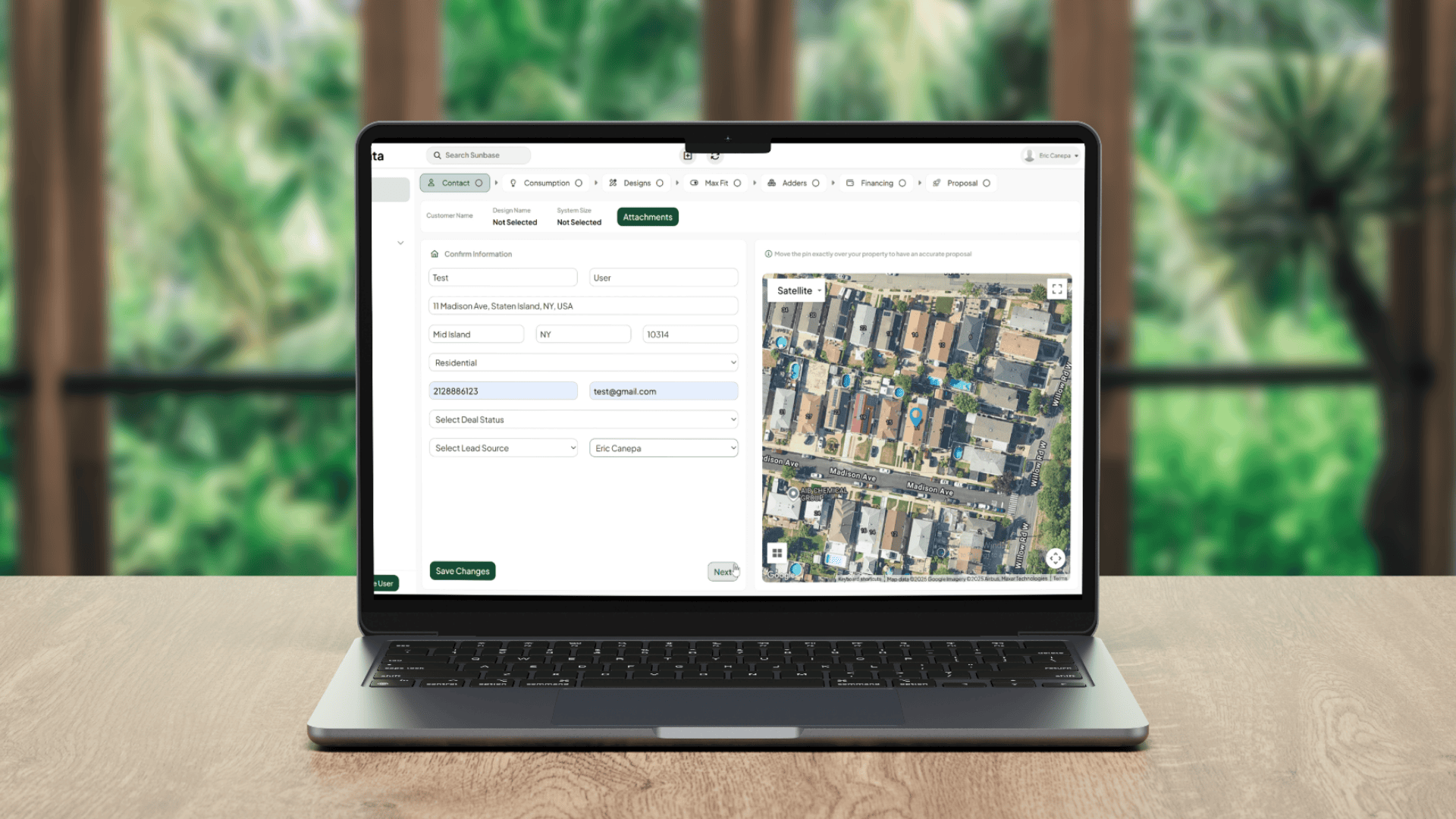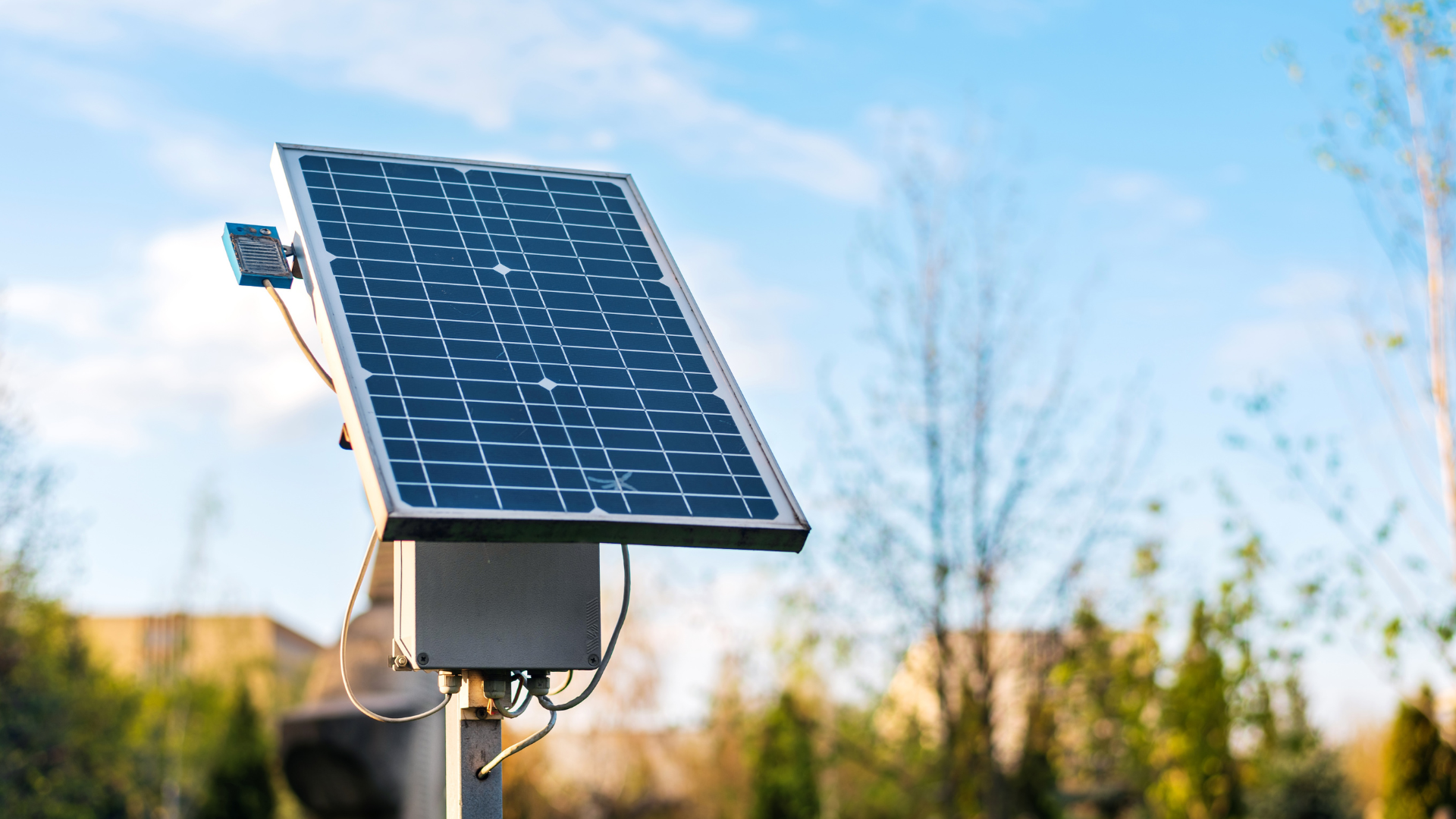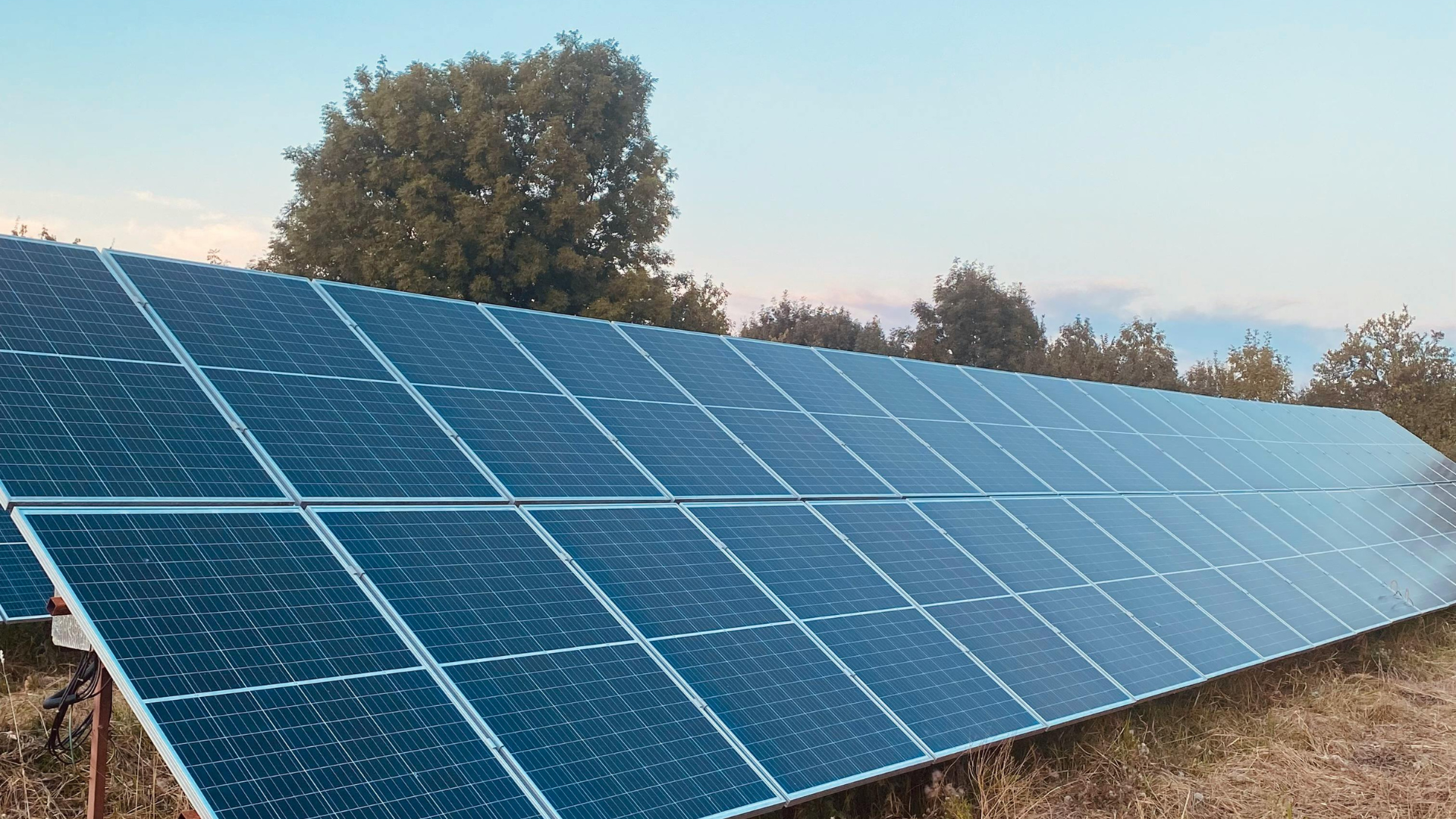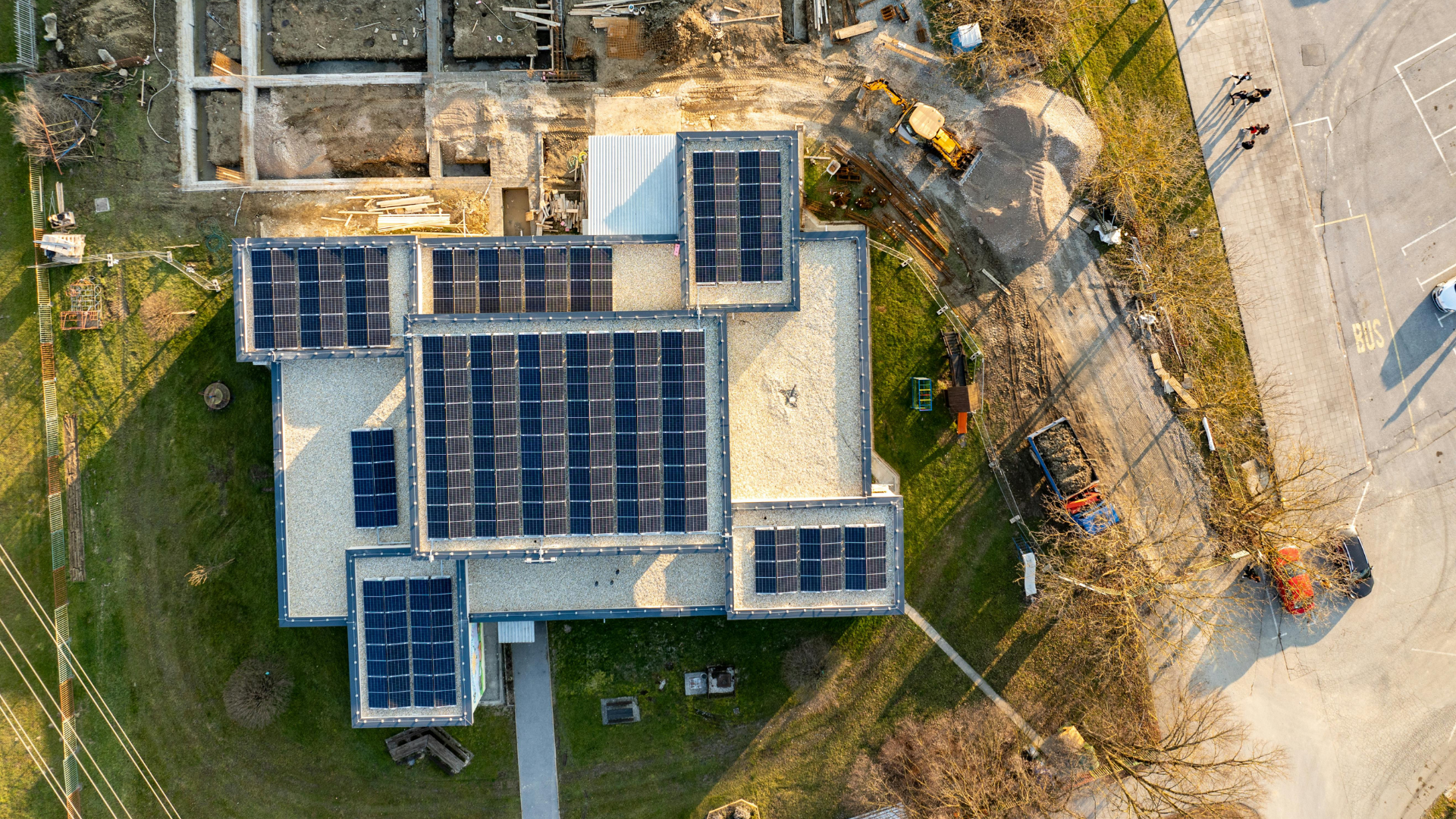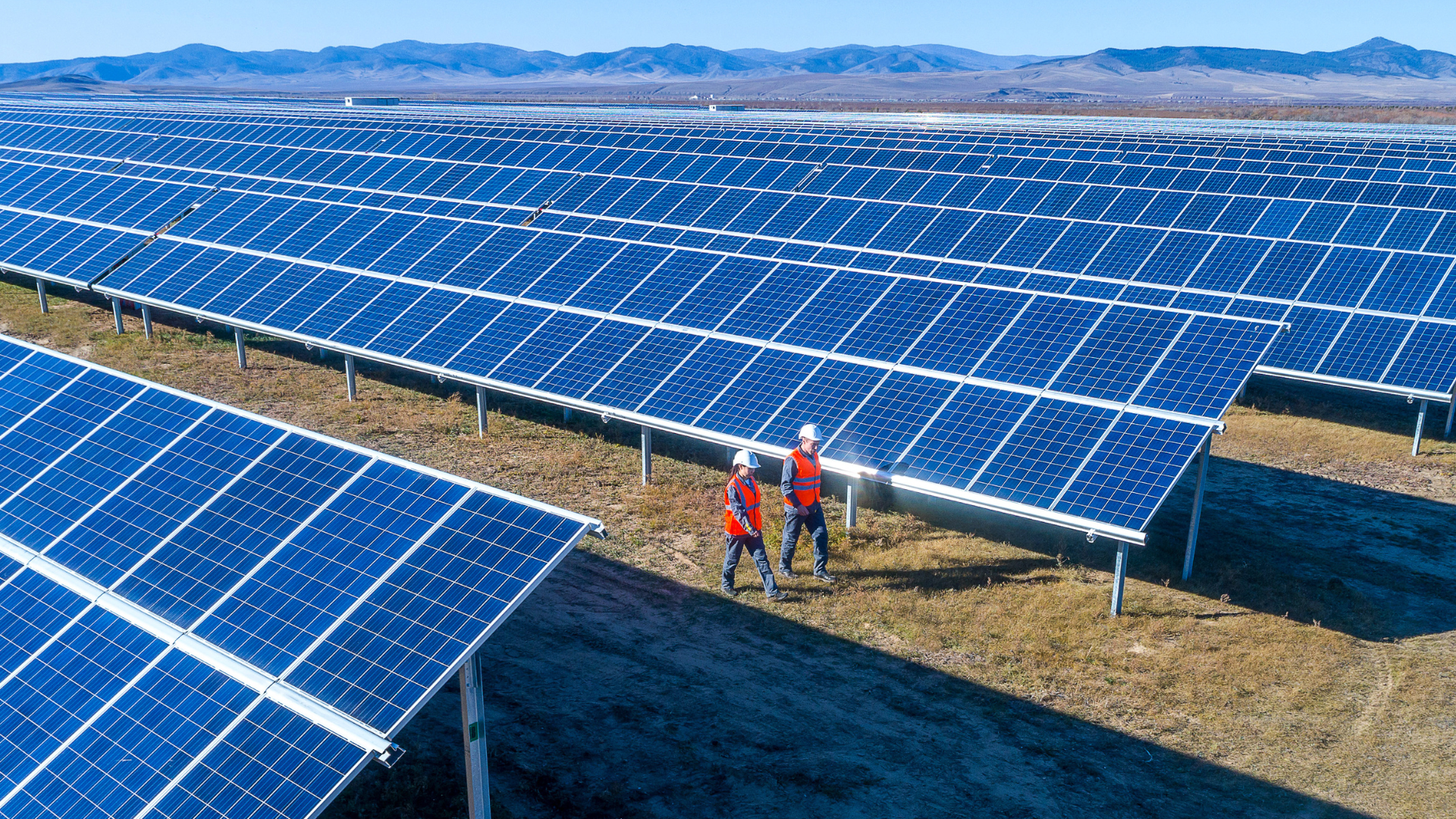October 6, 2023
The potential of a 400-watt solar panel is a question that often piques curiosity in those considering harnessing the power of renewable energy. Understanding what a solar panel produces depends on various factors, including location, sun exposure, and the efficiency of the panel itself. A 400-watt solar panel has the capacity to generate a significant amount of electricity when exposed to optimal conditions.
In this article, we will delve into the capabilities of a 400-watt solar panel and shed light on how much electricity it can generate. From lighting up your home to charging essential devices or even running small appliances, we will uncover the diverse range of applications that can benefit from the electricity generated by this modest-sized solar panel.
How Much Electricity Can a 400-Watt Solar Panel Produce?
A 400-watt solar panel has the potential to generate a significant amount of electricity, but the actual amount it produces depends on several factors, including the efficiency of the solar technology, location, and how the solar panels work throughout the day.
Let's delve into the details:
Solar Panel Efficiency:
Solar panel efficiency refers to how effectively the panel converts sunlight into electricity. The average efficiency of modern solar panels ranges from 15% to 22%.
A 400 watt solar panel is designed to produce 400 watts of electricity under standard test conditions (STC), which assume 1,000 watts per square meter of sunlight at 25°C.
So, if the panel has an efficiency of 20%, it can generate 400 watts when exposed to these ideal conditions.
Daily Energy Production:
The daily energy production of a 400 watt solar panel depends on the amount of sunlight it receives.
In the United States, the average daily solar insolation (sunlight exposure) ranges from 3 to 5 hours. Using this range and the panel's efficiency, we can estimate daily energy production:
- At 3 hours of sunlight: 400 watts x 3 hours = 1,200 watt-hours (or 1.2 kilowatt-hours, kWh)
- At 5 hours of sunlight: 400 watts x 5 hours = 2,000 watt-hours (or 2 kWh)
Monthly and Annual Production:
To calculate monthly and annual production, multiply the daily production by the number of days in the month or year:
- Monthly (assuming 30 days): 1.2 kWh x 30 days = 36 kWh (at 3 hours of sunlight)
- Annual (assuming 365 days): 1.2 kWh x 365 days = 438 kWh (at 3 hours of sunlight)
Real-World Considerations:
It's important to note that real-world conditions, such as shading, temperature variations, and the angle of solar panels in a solar energy system, can impact how much power a 400 watts solar panel produces.
Solar panel efficiency may decrease slightly over time due to wear and tear.
A 400-watt solar panel can generate anywhere from 1.2 to 2 kWh of electricity per day, depending on sunlight exposure and efficiency.
Understanding these factors is crucial for sizing your solar power system appropriately and maximizing the benefits of solar technology.
What Appliances Can a
400 Watt Solar Panel Run?
A 400-watt solar panel has the capacity to power a variety of appliances and devices, making it a versatile choice for residential solar systems.
Here are some common power appliances and devices that a 400-watt solar panel can run effectively:
- Lighting: A 400-watt solar panel can easily power LED lighting throughout your home, including both indoor and outdoor lights. LED bulbs are energy-efficient, making them an ideal choice for solar-powered lighting.
- Fans: Ceiling fans and portable fans consume relatively low power, and a 400-watt panel can run multiple fans, ensuring comfort during hot weather.
- Television: Most modern LED or LCD TVs consume around 50-150 watts, making them suitable for use with a 400-watt solar panel. You can enjoy your favorite shows without worrying about energy consumption.
- Computers: Energy-efficient desktop computers and laptops typically use 50-200 watts, allowing you to work or browse the internet without draining your solar-generated power.
- Refrigerators: Although refrigerators consume more power when the compressor runs, a 400-watt panel can power a small to medium-sized refrigerator, helping to preserve food.
- Charging Devices: You can easily charge your smartphones, tablets, laptops, and other small electronic devices using the energy from the solar panel.
- Small Kitchen Appliances: Appliances like microwave ovens, blenders, and coffee makers, which have lower wattage ratings, can be used intermittently with a 400-watt panel.
It's important to note that while a 400-watt solar panel can handle these appliances individually or in combination, the actual number of devices you can power simultaneously will depend on factors like the available sunlight, battery storage (if used), and the efficiency of your solar panels installed on your roof space.
To maximize the benefits of your solar panel system, consider energy-efficient appliances and an appropriate panel arrangement based on your specific energy needs.
Wondering if the Solar panels are Worth the cost?
Specifications of 400 watts solar panels
Specifications of 400-watt solar panels vary somewhat among different manufacturers and models, but here are some general specifications for a typical 400-watt solar panel:
Size:
400-watt solar panels typically have dimensions of around 78.7 inches (2000 mm) in length and 39.4 inches (1000 mm) in width.
Weight:
These panels typically weigh between 50 to 60 pounds (22.7 to 27.2 kilograms) each, although the weight can vary slightly depending on the manufacturer and design.
Rated Power Output Capacity:
As the name suggests, a 400-watt solar panel has a rated power output of 400 watts under standard test conditions (STC). This means that it can generate 400 watts of electricity when exposed to 1,000 watts per square meter of sunlight at a temperature of 25°C.
Number of Solar Cells:
A 400-watt solar panel is constructed using multiple solar cells connected in a specific arrangement. These panels typically contain 60 to 72 solar cells arranged in a 6x12 configuration.
Efficiency:
The efficiency of a solar panel measures how effectively it converts sunlight into electricity. While not all 400-watt panels have the same efficiency, many modern panels have an efficiency rating of around 20% or more. This means they can convert about 20% of the sunlight they receive into electricity.
Output Wires:
A 400-watt solar panel usually comes with output wires for easy connection to your solar system. These wires typically include 12-volt DC positive and negative wires, one set each (known as PV wires), as well as a grounding wire for an earth-ground connection to the incoming household electrical service.
Frame:
Solar panels have a sturdy frame to support the glass cover and protect the solar cells. The frame is typically made of aluminum, which is lightweight and corrosion-resistant.
How Many Amps per Hour Can a 400-Watt Solar Panel Generate?
To determine how many amps per hour a 400-watt solar panel can generate, you need to consider the voltage at which the panel operates.
Solar panels typically produce direct current (DC) electricity, and the current they generate depends on the voltage.
The formula to calculate the current (in amps) produced by a solar panel is:
Current (Amps) = Power (Watts) / Voltage (Volts)
In this case, you have a 400-watt solar panel, and the voltage can vary depending on the type and configuration of the panel. Common voltage ratings for solar panels are 12V, 24V, or 48V.
Let's calculate the current for each of these voltage ratings:
- For a 12V Solar Panel: Current (Amps) = 400 Watts / 12 Volts Current = 33.33 Amps
- For a 24V Solar Panel: Current (Amps) = 400 Watts / 24 Volts Current = 16.67 Amps
- For a 48V Solar Panel: Current (Amps) = 400 Watts / 48 Volts Current = 8.33 Amps
How much does it cost to install a 400-watt solar panel system?
The cost to install a complete 400-watt solar panel system can vary widely depending on several factors, including location, the complexity of the installation, additional equipment needed, and any applicable incentives or rebates.
On average, you can expect to pay between $5,000 to $10,000 for the installation of such a system in the United States.
The total cost includes several components:
- Solar Panels: The cost of the 400-watt solar panels will depend on the brand, quality, and quantity you need for your system. While 400-watt panels are generally more efficient, not all solar panels are priced the same. Expect to budget between $160 to $260 per panel.
- Inverter: You'll also need an inverter to convert the direct current (DC) electricity generated by the panels into usable alternating current (AC) electricity for your home. Inverter costs can range from $500 to $2,000.
- Mounting and Racking: Properly mounting and securing your solar panels is essential. Mounting and racking systems can cost between $1,000 to $3,000, depending on the complexity of your installation and the type of roof or ground setup.
- Wiring and Electrical Work: The electrical components, including wiring and labor for installation, can add another $1,000 to $3,000 to the overall cost.
- Permit Fees and Inspection Costs: Depending on your location, you may need to obtain permits and pay inspection fees, which can range from a few hundred to over a thousand dollars.
- Labor Costs: Labor costs for installing solar panel systems can vary based on location and installer rates. Expect to pay around $1,000 to $4,000 for professional installation.
- Additional Equipment: You may need additional equipment like a battery storage system, which can add several thousand dollars to the cost, but it provides energy storage and backup power.
- Government Incentives and Tax Credits: Keep in mind that there are government incentives and tax credits available in the United States, which can significantly reduce the upfront cost. These incentives can vary by state and may cover a portion of the installation expenses.
It's important to note that not all solar panels are created equal, and the cost can vary depending on the quality and efficiency of the panels you choose.
Additionally, the return on investment for a solar panel system is typically realized over several years through energy savings and, in some cases, selling excess energy back to the grid.
When installing solar panels, it's advisable to work with experienced professionals who can provide accurate cost estimates, navigate the permitting process, and ensure a safe and efficient installation of your solar panel system.
FAQs
How much energy does a 400 watt solar panel produce?
A 400-watt solar panel can produce approximately 1.2 to 2.0 kilowatt-hours (kWh) of energy per day, depending on factors like peak sunlight hours and energy usage. This estimate considers an average of 3 to 5 hours of peak sunlight per day in most regions. Actual energy production may vary based on location and specific conditions.
How many batteries do you need for 400watt solar panels?
The number of batteries needed for 400-watt solar panels depends on your desired energy storage capacity. For basic daily energy storage, one battery with a capacity of around 100 ampere-hours (Ah) at 12 volts can typically suffice to store the energy generated during the day for use at night or during cloudy periods.
How many 400 watt panels are needed to power a house?
The number of 400-watt solar panels needed to power a house depends on the house's energy consumption and geographical location. On average, a typical U.S. household may require anywhere from 17 to 25 panels to generate enough electricity to meet its annual energy needs. This variation accounts for factors like the size of the solar system, panel efficiency, and the location's available sunlight.
How long will a 400-watt solar panel work?
A 400-watt solar panel is designed to last for over 20 years or more, producing electricity consistently during its lifespan, assuming proper installation and maintenance. These panels typically come with warranties guaranteeing their performance for at least 25 years, making them a reliable and long-lasting renewable energy source.
About Sunbase
Sunbase helps solar companies succeed through suite of Solar CRM tools! If you are a solar company, book your free demo or an appointment by contacting us here!
One Platform. Zero Chaos. Run Your Entire Business in One Place.
Sunbase replaces your CRM, proposals, scheduling, job tracking, and reporting tools — all inside one clean, connected platform.
About Sunbase
The All-In-One Platform to Run Your Entire Business
Sunbase helps you organize operations, streamline daily workflows, and manage everything - from first customer contact to final project deliver- in one connected system.
Our Mission
- Organize your business.
- Optimize your workflow.
- Automate what slows you down.
Why Businesses Choose Sunbase
One Connected Workflow
Replace scattered tools and manual processes with a single platform that brings together your team, tasks, customers, jobs, and performance data.
🌎 Global Presence
Serving the United States, Canada, India, LATAM, Australia, and 10+ international markets.
👥 11,000+ Users
Trusted by contractors, installers, project managers, sales teams, and field technicians.
🏗️ Built for All Sizes
From small contracting teams to fast-growing enterprises, Sunbase adapts to your workflow.
Useful Links For You
Stop Managing Your Business Manually. Automate It.
Sunbase automates workflows, reduces mistakes, and helps your team get more done - without hiring extra staff or juggling multiple tools.



